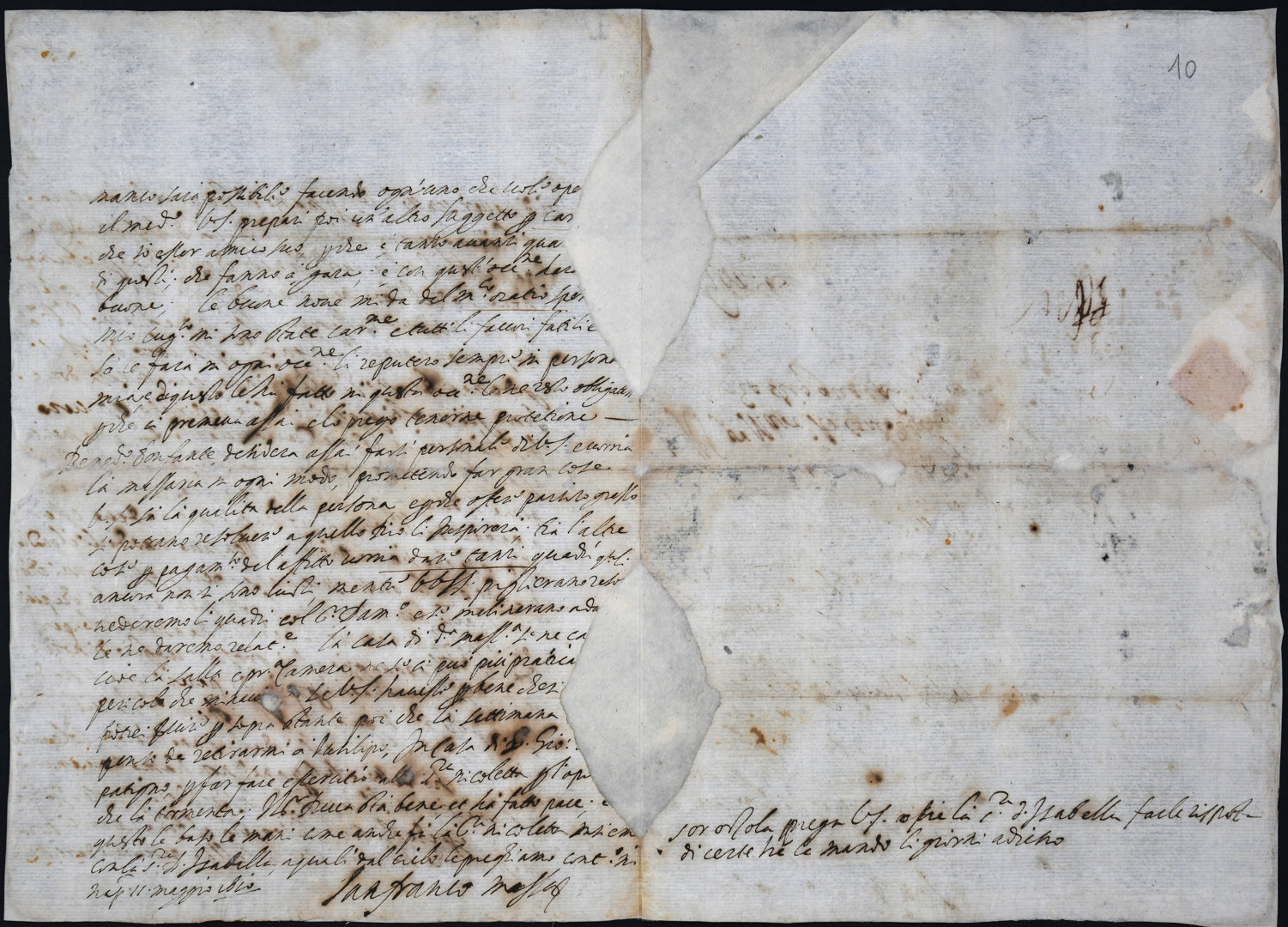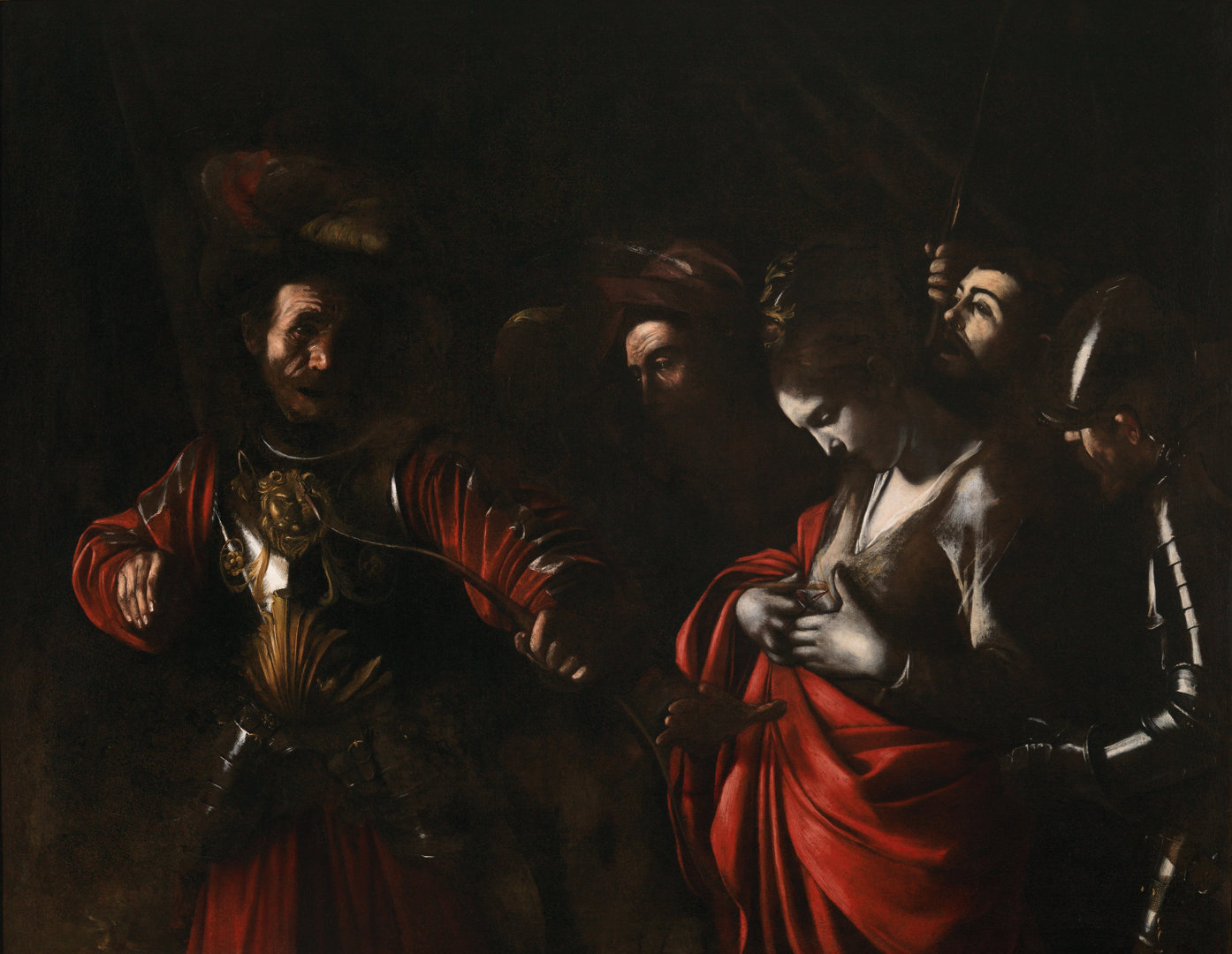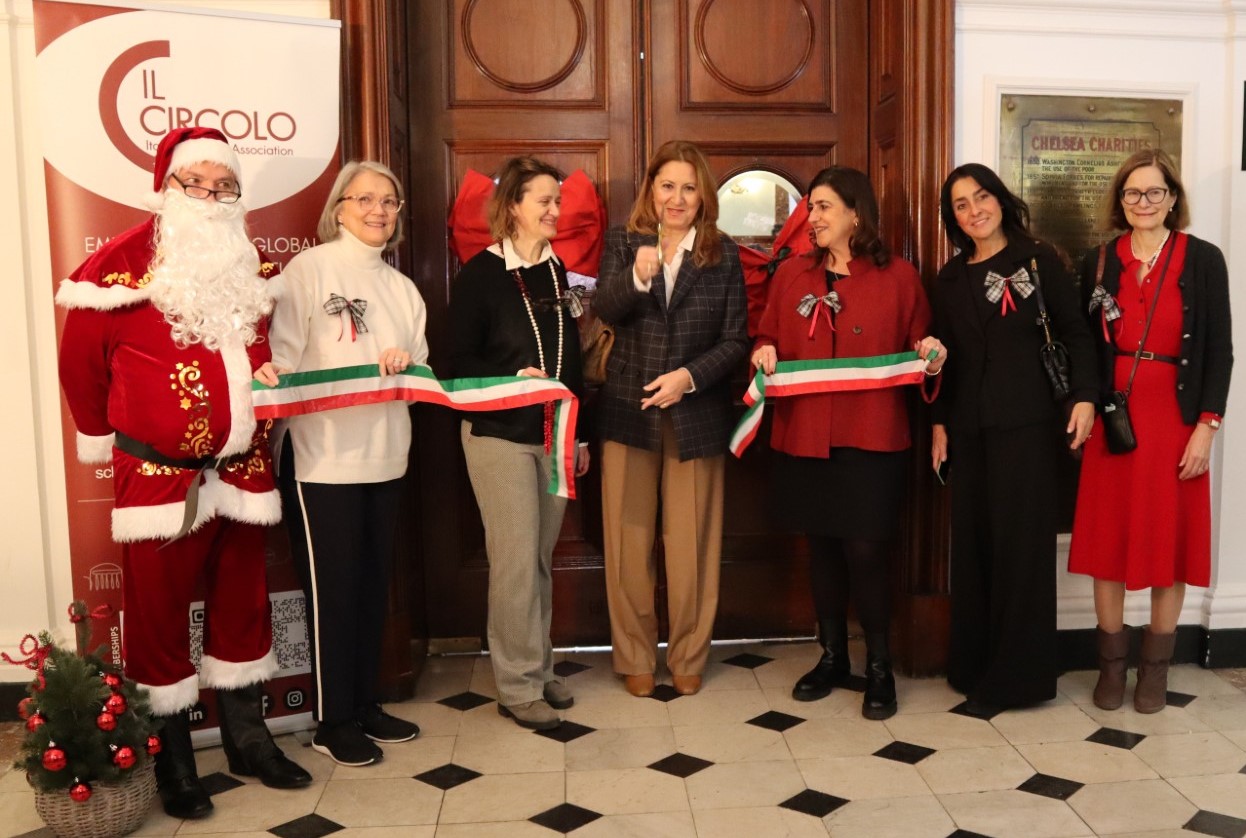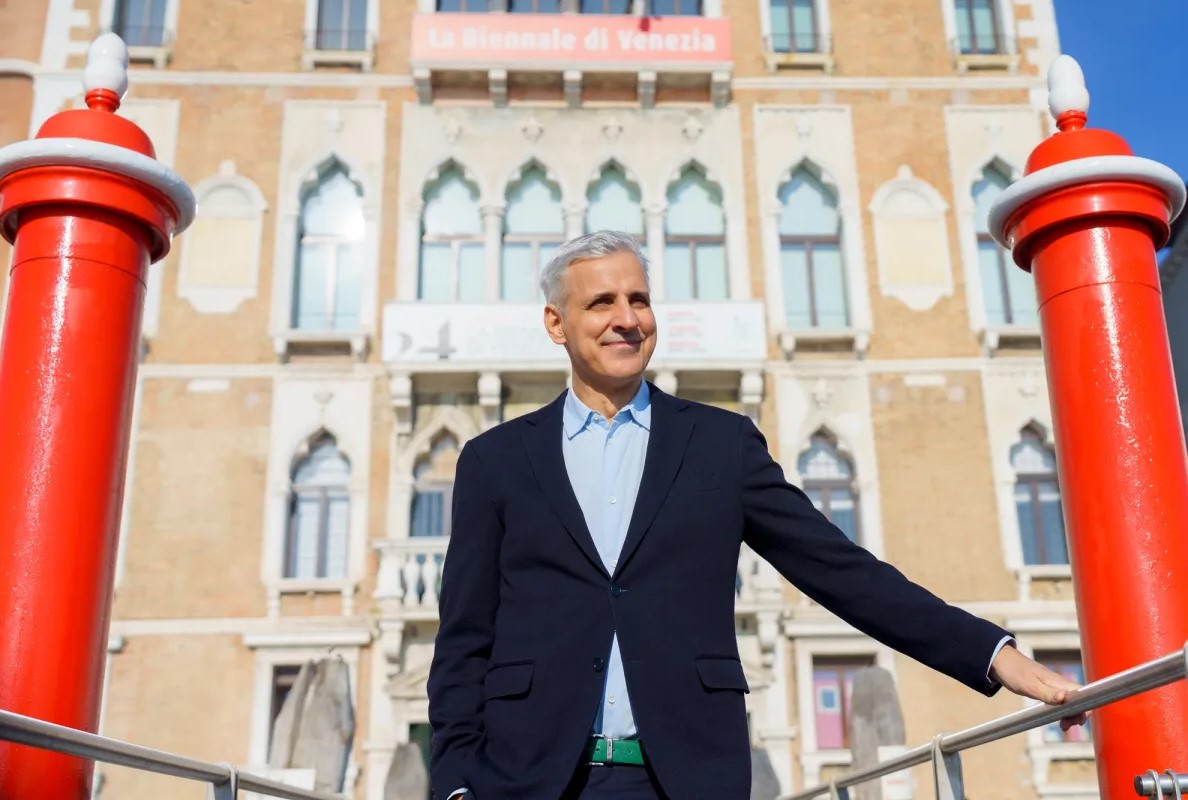The year-long celebrations for the 200th anniversary of the National Gallery have begun with an unmissable (free!) exhibition of the last painting of Caravaggio: ‘’The Martyrdom of Saint Ursula’’.
Michelangelo Merisi da Caravaggio
Caravaggio has a unique place in the history of art. He changed forever the use of light in painting developing a technique that still remains unsurpassed. There are no half-measures in Caravaggio’s paintings, light and darkness fight each other defining the space and the subjects.
Born Michelangelo Merisi, Caravaggio is the name of the artist’s hometown in Lombardy in northern Italy. In 1592 at the age of 21, he moved to Rome, Italy’s artistic centre. The first few years were difficult.
In 1595, his luck changed. Cardinal, Francesco del Monte, recognised his talent and recommended him to his circle of acquaintance, Caravaggio received this way his first public commissions and became a celebrity almost overnight.
His technique was as spontaneous as his temper. He painted straight onto the canvas with minimal preparation. He used ordinary working people with irregular, rough and characterful faces as models for his saints and showed them in recognisably contemporary surroundings.
In 1606 Caravaggio’s temper went a step too far. An argument escalated into a swordfight and Caravaggio stabbed his rival to death. He then decided to flee Rome certain that he would eventually be pardoned by the Pope. He went to Naples, and then to the island of Malta. If Caravaggio could become a Knight of Malta, he would be in a better position to seek a papal pardon for the murder. Soon after being accepted as a knight, he got involved in another fight and was expelled from the Order.
Caravaggio then traveled around Sicily and then returned to Naples where he was involved in yet another bar brawl which left him badly disfigured. In the meantime, however, important friends interceded for him and he had been pardoned by the Pope.
He loaded his belongings onto a ship but, for some unknown reason, was then arrested and had to buy his way out of jail. By the time he was released, the ship and all his possessions had sailed without him. As he made his way along the coast he fell ill, perhaps with malaria, and a few days later, alone and feverish, he died.
The Martyrdom of Saint Ursula
May 1610. Caravaggio is in Naples working on the last picture he’d ever paint. It was a commission by the Genoese nobleman Marcantonio Doria and the painting, once finished, was promptly shipped to Genoa. It stayed there until 1832 when the Neapolitan branch of the Doria brought it back to Naples where it hung, unnoticed, in the Palazzo Doria d’Angri.
The painting reappeared in Naples in 1963, subject and author ‘’unknown’’. In 1973 it was bought by the Banca Commerciale Italiana as a painting by the Calabrian painter Mattia Preti (1613-1699).
It was on show in the Bank, by then Banca Intesa San Paolo, headquarters until (1999) two Italian art historians connected the painting to some letters written by Marcantonio Doria referring to a work Caravaggio was painting for him. Further investigations finally confirmed that this was indeed a Caravaggio original work, in fact, the last painting he had ever done!


The painting is displayed with the letter that describes its creation (Archivio di Stato, Naples), and the National Gallery’s own late Caravaggio, ‘Salome with the Head of John the Baptist’ (about 1609–10).
National Gallery 200th Anniversary
Founded in 1824, in it houses a collection of more than 2,300 paintings dating from the mid-13th century to 1900. The current director of the National Gallery is Gabriele Finaldi, born in Barnet to a Neapolitan father and an English polish mother.
The National Gallery came into being when the British government bought 38 paintings from the heirs of John Julius Angerstein in 1824. After that initial purchase, the gallery was shaped mainly by its early directors and by private donations, which now account for two-thirds of the collection.
The present building, the third site to house the National Gallery, was designed by William Wilkins. Building began in 1832 and it opened to the public in 1838. Only the façade of Trafalgar Square remains essentially unchanged from this time, as the building has been expanded piecemeal throughout its history. Wilkins’s building was often criticised for its lack of space; the latter problem led to the establishment of the Tate Gallery for British Art in 1897. The Sainsbury Wing, a 1991 extension to the west by Robert Venturi and Denise Scott Brown, is a significant example of Postmodernist architecture in Britain.
The 200th anniversary is going to be celebrated in style with exhibitions including ‘’The Last Caravaggio’’, “Van Gogh”, and ‘’Siena, the Rise of Painting: 1300-1350’’.
On 10 May, celebrations kicked off with a night of paintings, people, music, and more, including a special performance by Jools Holland for lucky ballot winners. Outside, at 9 pm, there was a spectacular light show across the front of the Gallery. The display was repeated at 9 pm on Saturday 11 May.
Why not join Il Circolo and attend events and visits around London?




